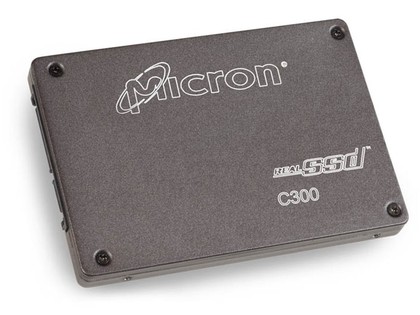The hottest PC technology for 2010
New processors, graphics cards and more revealed
Mobile
The arrival of the second generation Intel Atom ultra-mobile processor, codenamed Pineview, will be a biggie in early 2010. In fact, Atom Mark II is more than just a processor. It's half way to being a system on a chip.
Features including the memory controller and graphics move onto the Atom processor with the arrival of Pineview, allowing a more tightly integrated and efficient platform. The obvious benefits here should be smaller form factors and better battery life.
However, don't go thinking that Pineview will allow Intel to get into smartphones and therefore enable the tantalising possibility of a full-x86 pocket PC. Pineview is based on Intel's existing 45nm process, not the new 32nm gubbins. Still, Pineview will at least sire cheaper, longer lasting netbooks and smaller MIDs. It's not all bad.

Intel will also inject its new 32nm Westmere architecture into full-power notebooks next year. Known as Arrandale, the new dual-core chip drops into the upcoming Calpella mobile platform. As with Clarkdale on the desktop, the biggest departure will be graphics integrated into the CPU package itself and therefore a simpler two-chip platform.
Again, prices should go down, performance and battery life up. The only slight snag could be that pesky integrated graphics core. The fact that it's bolted into the CPU package might cause problems if it's not up to snuff. Given Intel's shonky track record in that department, it's a distinct possibility.
All of which might leave the door open for AMD to gain traction in the mobile market. There's nothing too revolutionary on the roadmap for 2010. The really interesting mobile kit including the new Atom-bashing Bobcat core isn't due until 2011.
Sign up for breaking news, reviews, opinion, top tech deals, and more.
However, highlights will include a new mobile quad-core processor based on AMD's existing 45nm CPU architecture and DirectX 11 graphics. Sounds like a nice combination. AMD will also drop its 45nm technology into thin and light notebook in 2010. AMD claims performance will be up while pushing battery life to seven hours. That should get Intel's attention.
Storage
The final piece of the PC performance puzzle is storage. Inevitably, in 2010 solid state drives will keep on trucking. More speed, bigger capacities and lower prices are all a given.
An early contender for the title of the world's fastest SSD will be Micron's RealSSD C300 (for the uninitiated, Micron is the parent company of popular memory brand Crucial). With claimed sustained read and write rates of 355MB/s and 215MB/s respectively, the C300 promises to be an absolute scorcher. By the end of 2010, the first 500MB/s drive might have appeared.

As for capacities, predictions are harder to make. Several companies are working on adding more more levels and therefore memory density to their MLC flash cells. A significant breakthrough could see the £/GB ratio half or even quarter overnight.
At the very least, drives in the 128GB to 256GB range will become much more affordable, thereby making solid state for boot and applications much more accessible. Mass storage, however, will remain within the purview of traditional magnetic drives.
So far, so predictable. However, perhaps an even more burning issue is the poor long term performance of many SSDs. Help is at hand. The widespread adoption of the TRIM command should see SSDs deliver much more reliable and consistent performance in 2010.
With storage performance having lagged rather conspicuously over the past decade, 2010 could be the year the PC achieves true poise.
Technology and cars. Increasingly the twain shall meet. Which is handy, because Jeremy (Twitter) is addicted to both. Long-time tech journalist, former editor of iCar magazine and incumbent car guru for T3 magazine, Jeremy reckons in-car technology is about to go thermonuclear. No, not exploding cars. That would be silly. And dangerous. But rather an explosive period of unprecedented innovation. Enjoy the ride.